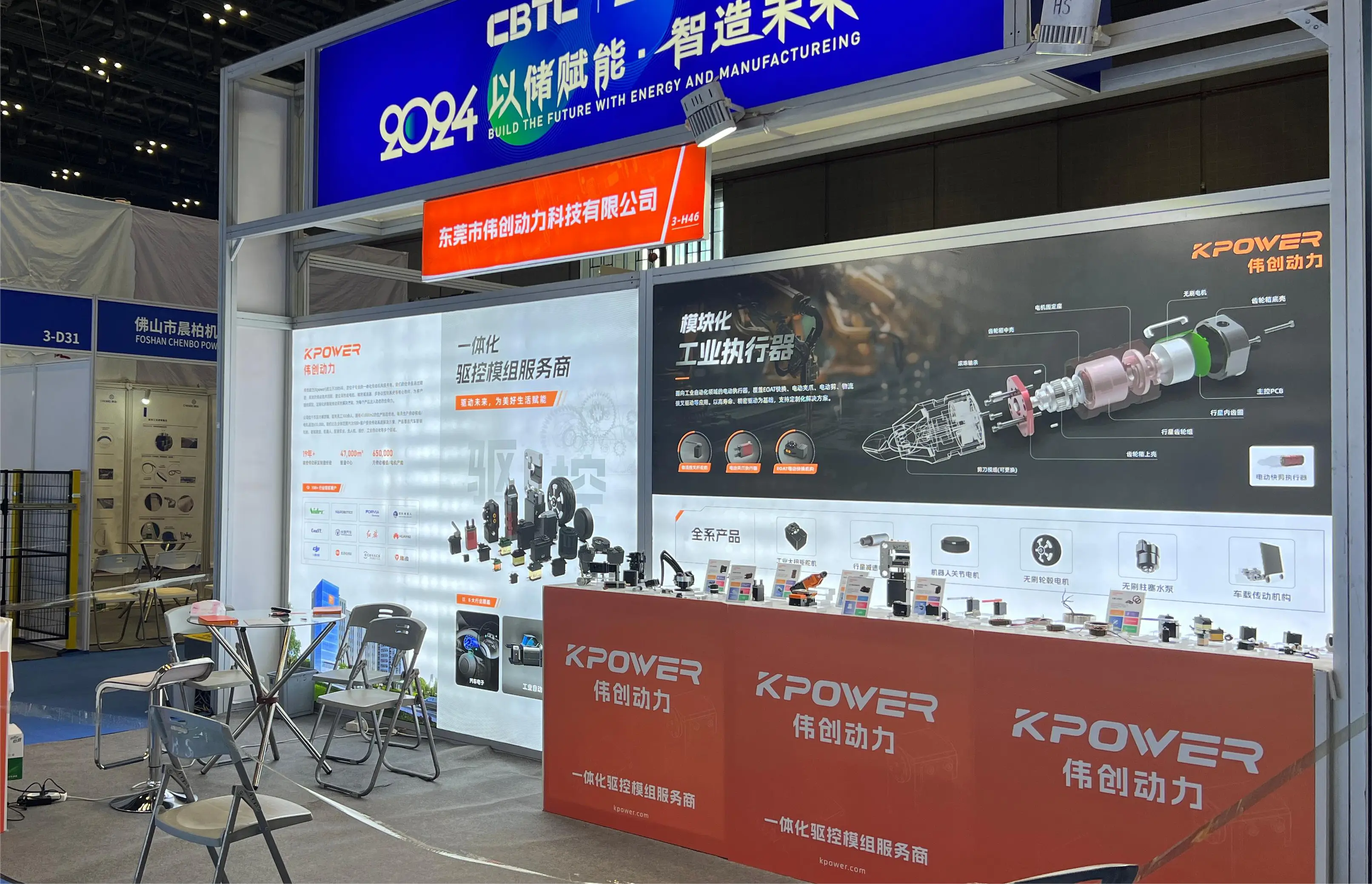Ever heard someone rave about microservices? Or maybe you’ve bumped into folks shaking their heads, saying it’s just a flashy trend. The truth? Microservices are a game changer—if you know how to handle the waves and pitfalls. They break down monolithic applications into tiny, self-contained units. Think of it like a big, clunky wall of code split into Lego blocks—you can swap, upgrade, or fix each one without wrecking the whole structure.

One huge advantage? Flexibility. Developers get to work on different pieces at the same time without waiting for changes to roll out across the entire system. That means faster updates, smarter scaling, and less downtime during upgrades. Imagine running an online store—selling shoes one day, accessories the next—you want quick changes without shutting everything down. Microservices make that a breeze.
But, stick around. There are challenges, too. Managing all those tiny parts can turn into a chaos if you don’t have proper orchestration. It’s like juggling flaming torches—exciting but not something to dive into without a plan. Complexity increases because each service needs its own database and deployment pipeline, leading to potential synchronization headaches. Sometimes, troubleshooting can feel like finding a needle in a haystack, especially when bugs jump between services.
Now, ask yourself: “Does this support my business goals?” If you’re aiming for rapid growth, frequent updates, and a scalable system, microservices might be your best friend. But if your operation relies on simplicity and quick deployment, the added complexity might weigh you down.
Efficient communication between services is vital. Without it, your system’s performance suffers, and frustration kicks in. So, investing in a solid service mesh or orchestration tool can save a lot of headaches down the line. You shouldn't overlook monitoring and logging—these are the eyes and ears that keep the whole system healthy.
Sometimes folks wonder, “Can I start small and grow into microservices?” Absolutely. It’s not a one-size-fits-all. You can transition gradually, tackling parts of your system at a time. That’s the beauty—controlled chaos, if you will.
In the end, it’s about balancing the benefits of independence, speed, and flexibility against the risk of increased complexity. Managed well, microservices unleash agility and resilience. Misstep? Well, it could turn into a tangled web. But hey, who said innovation wasn’t a little messy? The key is knowing your limits and having the right tools to navigate the maze.
Established in 2005, Kpower has been dedicated to a professional compact motion unit manufacturer, headquartered in Dongguan, Guangdong Province, China. Leveraging innovations in modular drive technology, Kpower integrates high-performance motors, precision reducers, and multi-protocol control systems to provide efficient and customized smart drive system solutions. Kpower has delivered professional drive system solutions to over 500 enterprise clients globally with products covering various fields such as Smart Home Systems, Automatic Electronics, Robotics, Precision Agriculture, Drones, and Industrial Automation.




































